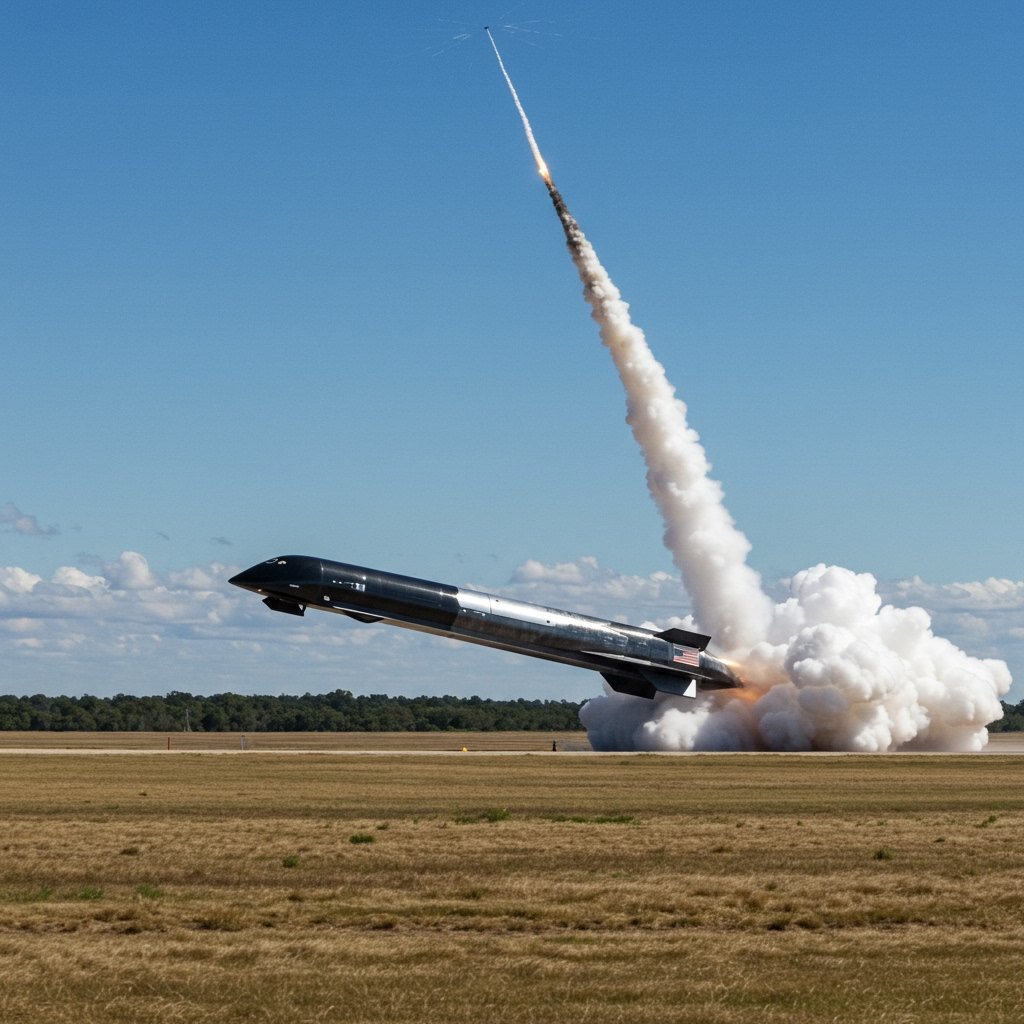STARBASE, Texas – A prototype of SpaceX\”s ambitious Starship vehicle experienced a significant failure late Wednesday, resulting in an explosion during what the company described as a routine static fire test at its Starbase facility.
The incident, involving Starship 36, occurred around 11 p.m. local time at the sprawling test and launch site situated at the southern tip of Texas. The dramatic anomaly sent a large fireball into the night sky, underscoring the inherent risks in the rapid, iterative development process employed by the private spaceflight company.
Incident Details
The static fire test is a critical pre-flight procedure designed to evaluate the performance of the rocket\”s engines while the vehicle remains securely anchored to the launch pad. During the test of Starship 36, SpaceX reported that the prototype \”experienced a major anomaly.\” This technical setback quickly escalated into a catastrophic failure, leading to the vehicle\”s explosion.
Witnesses in the vicinity may have observed the bright flash and subsequent fireball, characteristic of such energetic releases. The incident marks another challenge in the testing campaign for the Starship program, which aims to create a fully reusable transportation system for destinations including the Moon and Mars.
Safety Protocols and Community Impact
Despite the dramatic nature of the failure, SpaceX confirmed that safety protocols were effectively maintained. The company stated that a safety clear area was established and upheld throughout the testing sequence, ensuring no personnel were endangered by the anomaly. Following the explosion, all staff members were confirmed safe and accounted for, with no injuries reported.
SpaceX also moved to reassure the public, stating that there were no hazards posed to nearby communities as a direct result of the explosion. Communication regarding the incident was provided by the company via the social platform X.
Investigation Begins
Immediately following the anomaly, SpaceX initiated steps to investigate the cause of the catastrophic failure. Understanding the sequence of events and the specific nature of the \”major anomaly\” is crucial for informing future design modifications and testing procedures.
The company confirmed it is working closely with local officials as part of the investigation process. Such inquiries are standard practice after significant test failures in the aerospace industry and are vital for ensuring safety and improving reliability as development progresses.
Context of Starship Development
The Starship program at Starbase represents a frontier in rocketry, pushing the boundaries of materials science, propulsion, and reusability. The development approach is characterized by rapid prototyping and testing, where setbacks like the one involving Starship 36 are viewed as opportunities to gather data and accelerate learning.
Starbase, located near Boca Chica, Texas, has been the site of numerous static fire tests, suborbital hop tests, and integrated flight tests involving both the Starship upper stage and its Super Heavy booster. Each test, regardless of outcome, provides valuable data points for the engineering teams striving to perfect the complex system.
Looking Ahead
The explosion of Starship 36 is a temporary setback for the program\”s rigorous testing schedule. While the investigation is underway to determine root causes, the program is expected to incorporate lessons learned from this anomaly into future vehicle iterations and test plans.
The successful execution of safety protocols, which prevented any injuries and maintained community safety, remains a critical positive takeaway from the incident. The focus now turns to the findings of the investigation, which will dictate the next steps for testing the next generation of Starship prototypes at the Texas facility as SpaceX continues its ambitious development efforts.






